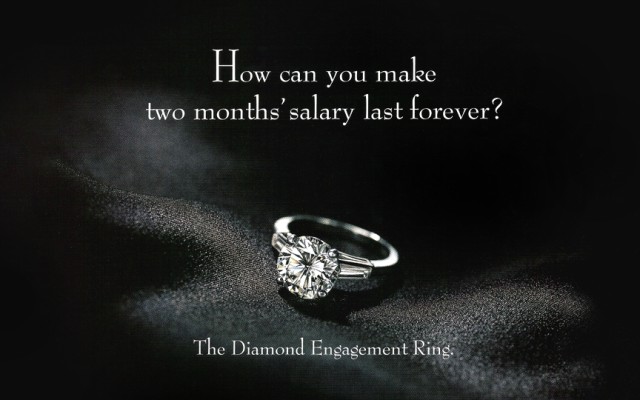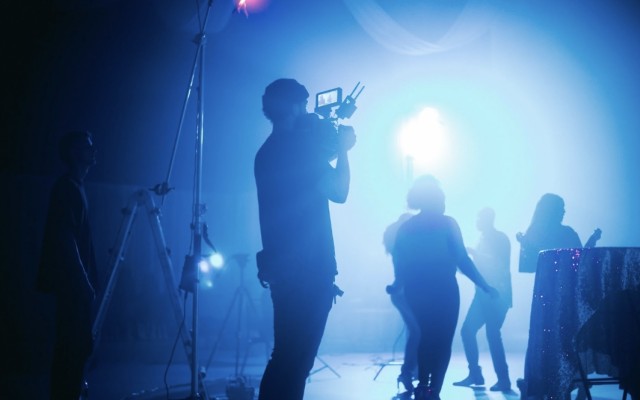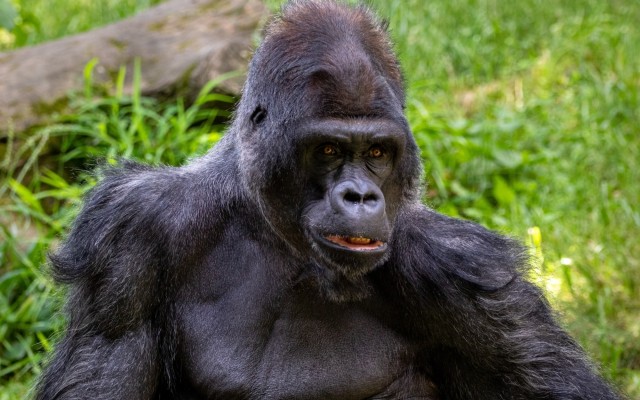 Create an Impactful Logo For Your Brand?
Create an Impactful Logo For Your Brand?
How to
same time as a quick shower
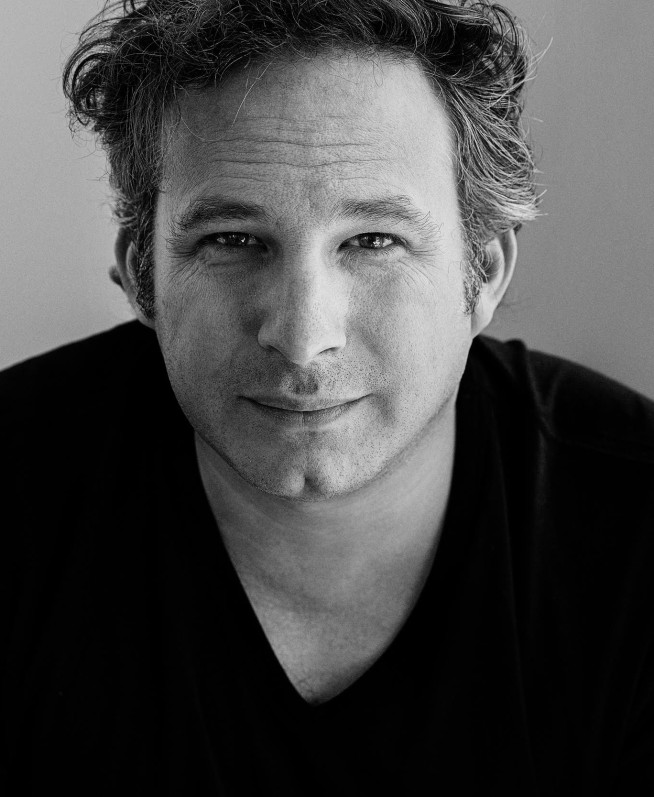
Rob Duncan
Creative Director & Partner at Mucho
One of the most recognizable logos in the world is the Nike ‘swoosh’. You would think mad men-esque executives at a famous advertising agency in New York City created this iconic logo designed in 1971.
But the real story is quite different. It was designed by graphic design student Carolyn Davidson, who was paid a mere $35 for the job.
Brand logo design has been a booming business long since then, with brand identity pricing ranging anywhere from a couple of thousand dollars to as much as $1,000,000 or more, depending on the project. So why is having a good logo so important, and costly? Even more intriguing, which factors make a logo impactful, and just like the Nike swoosh logo, iconic?
We fired all these questions at Rob Duncan, an expert in the field. Starting his career at Mytton Williams in the UK, he later became a Senior Designer at Pentagram and an Art Director at Apple before founding the office of the Brand Design Agency Mucho in San Francisco.
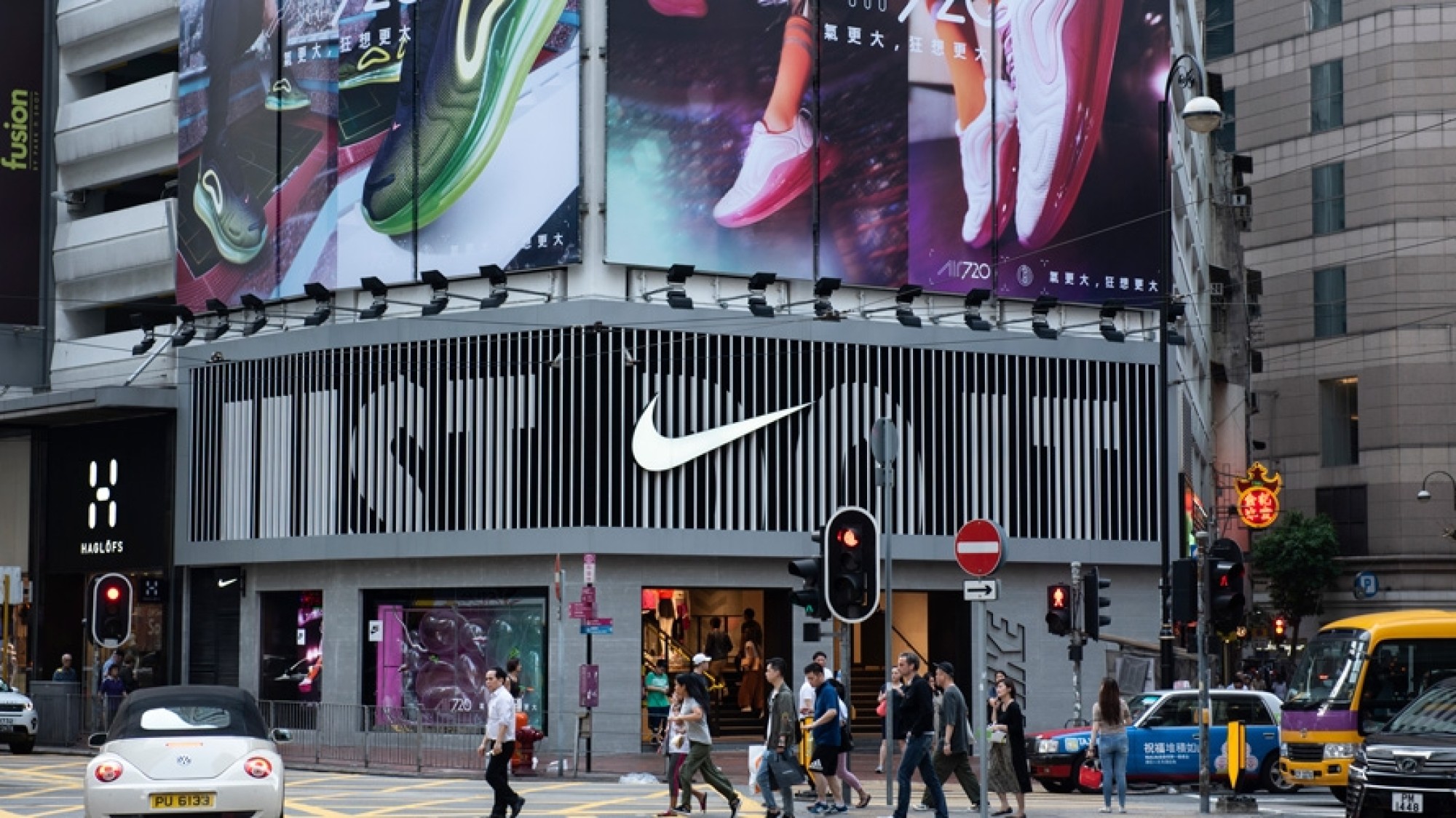
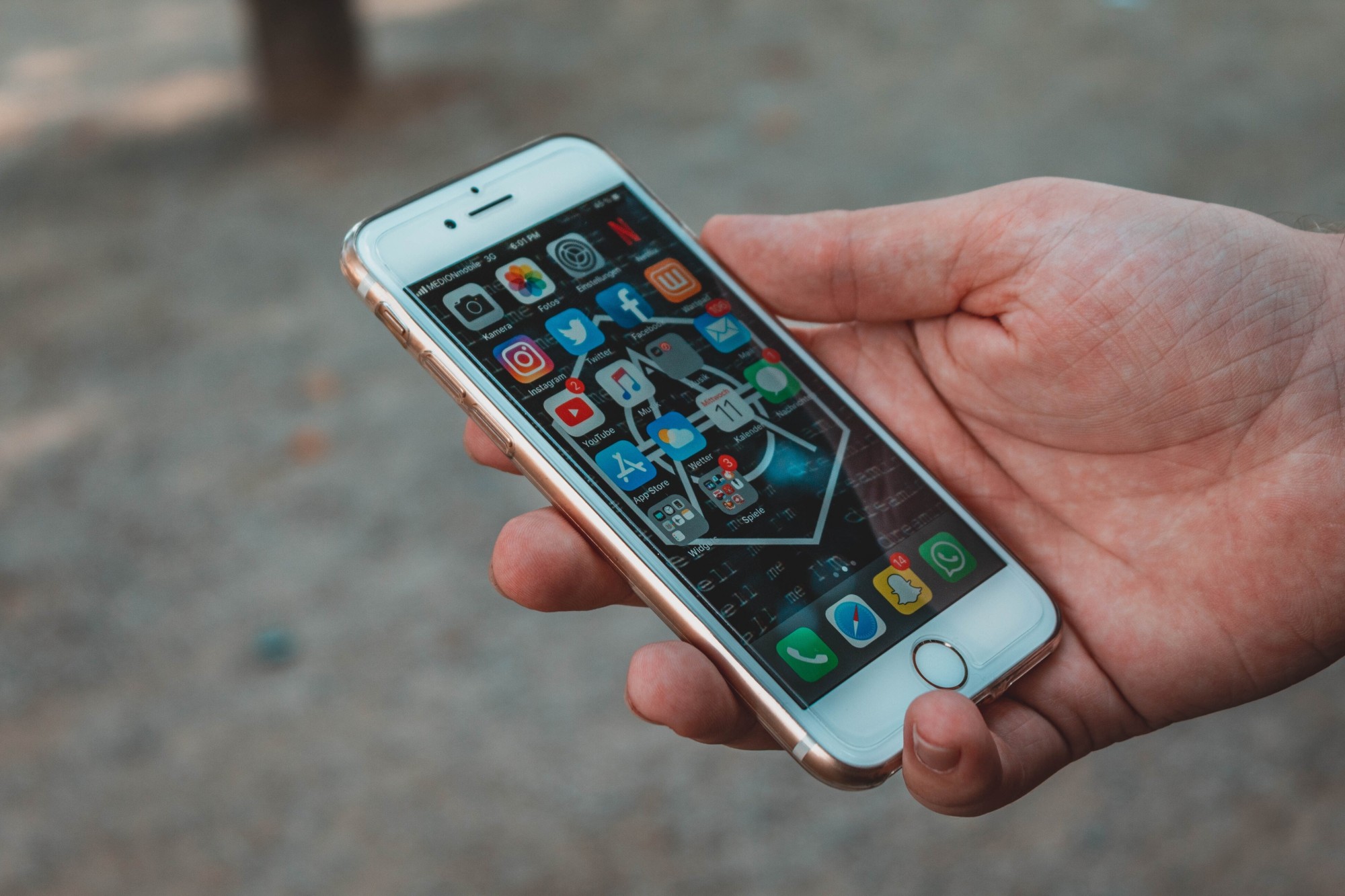
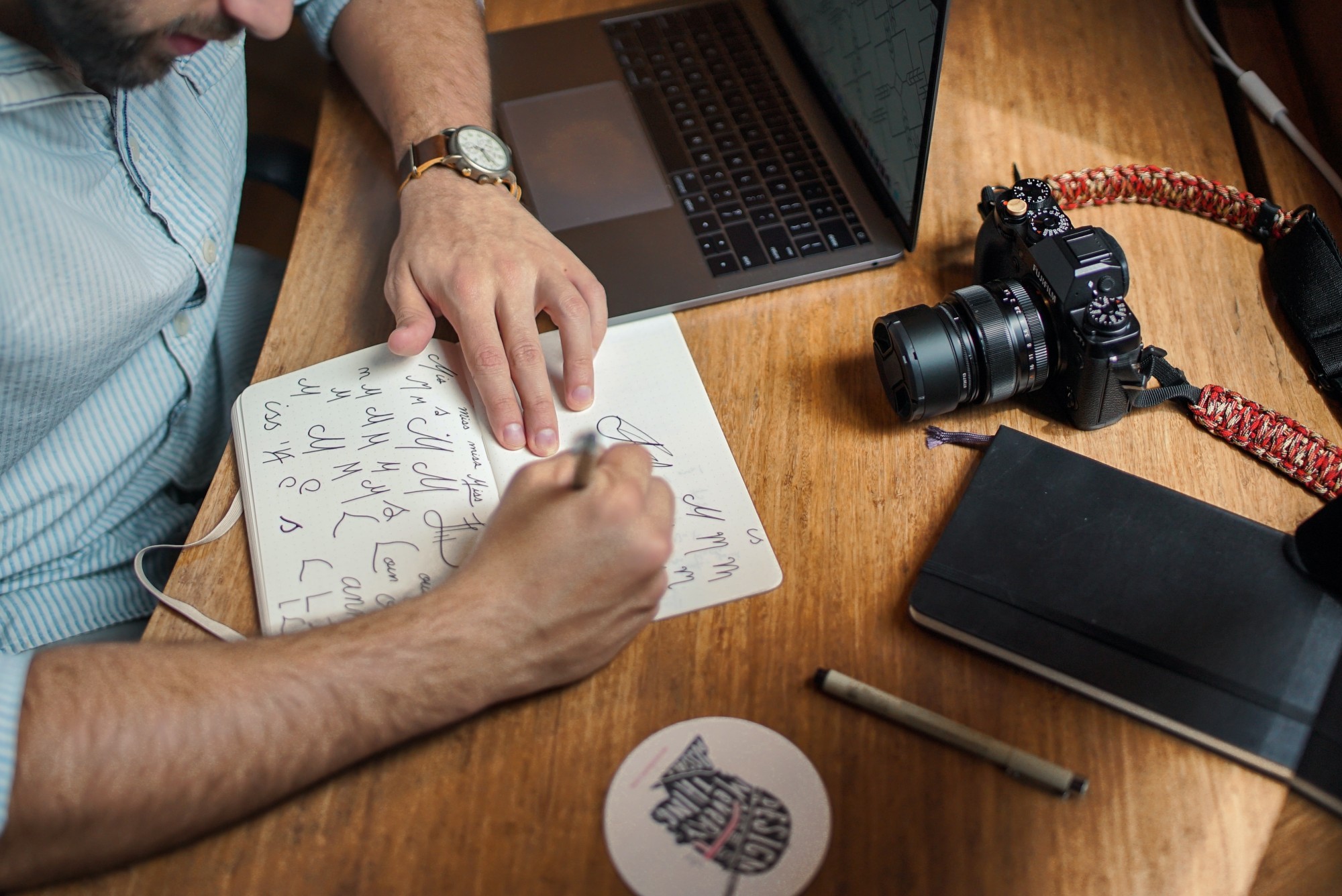
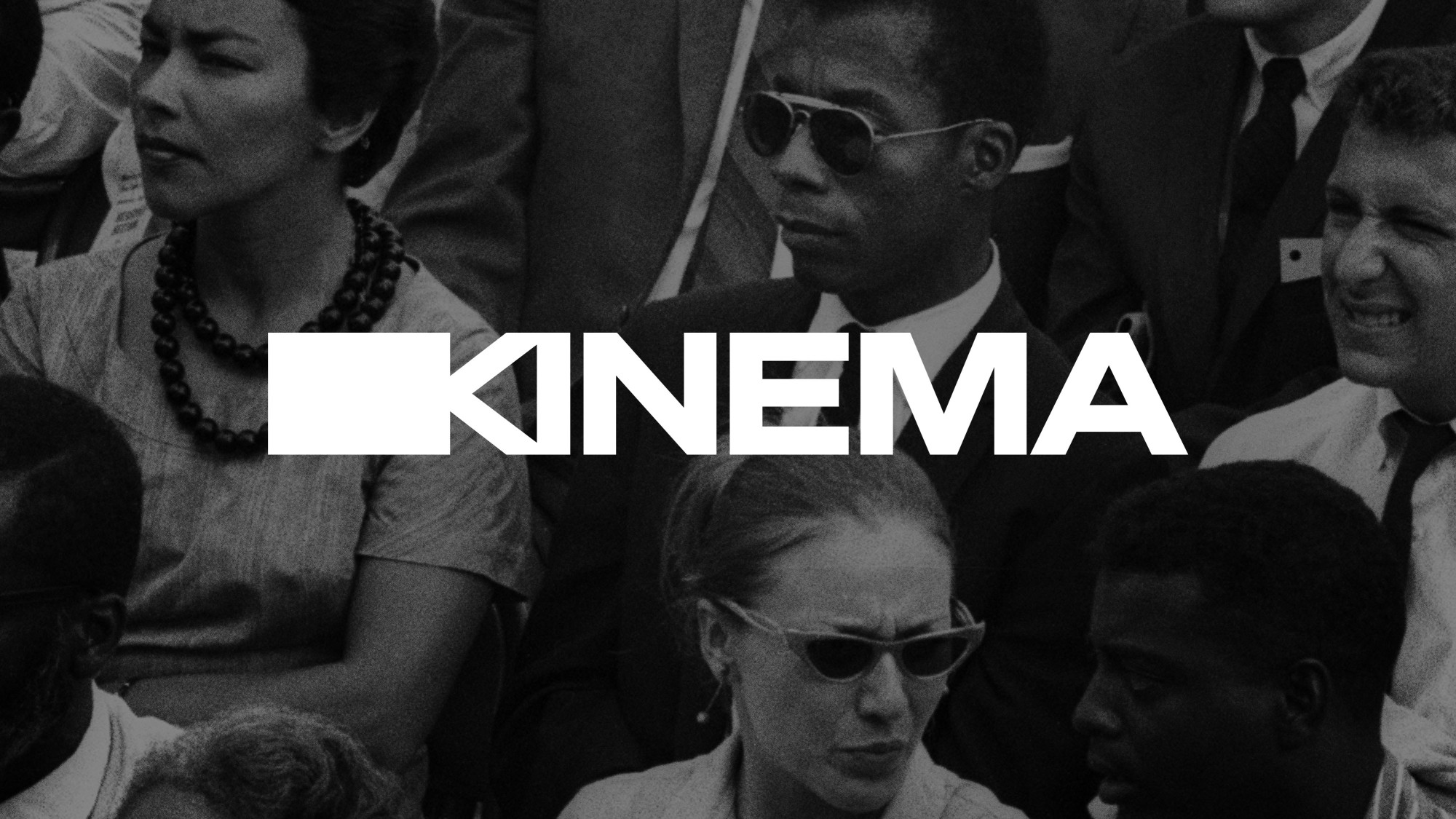
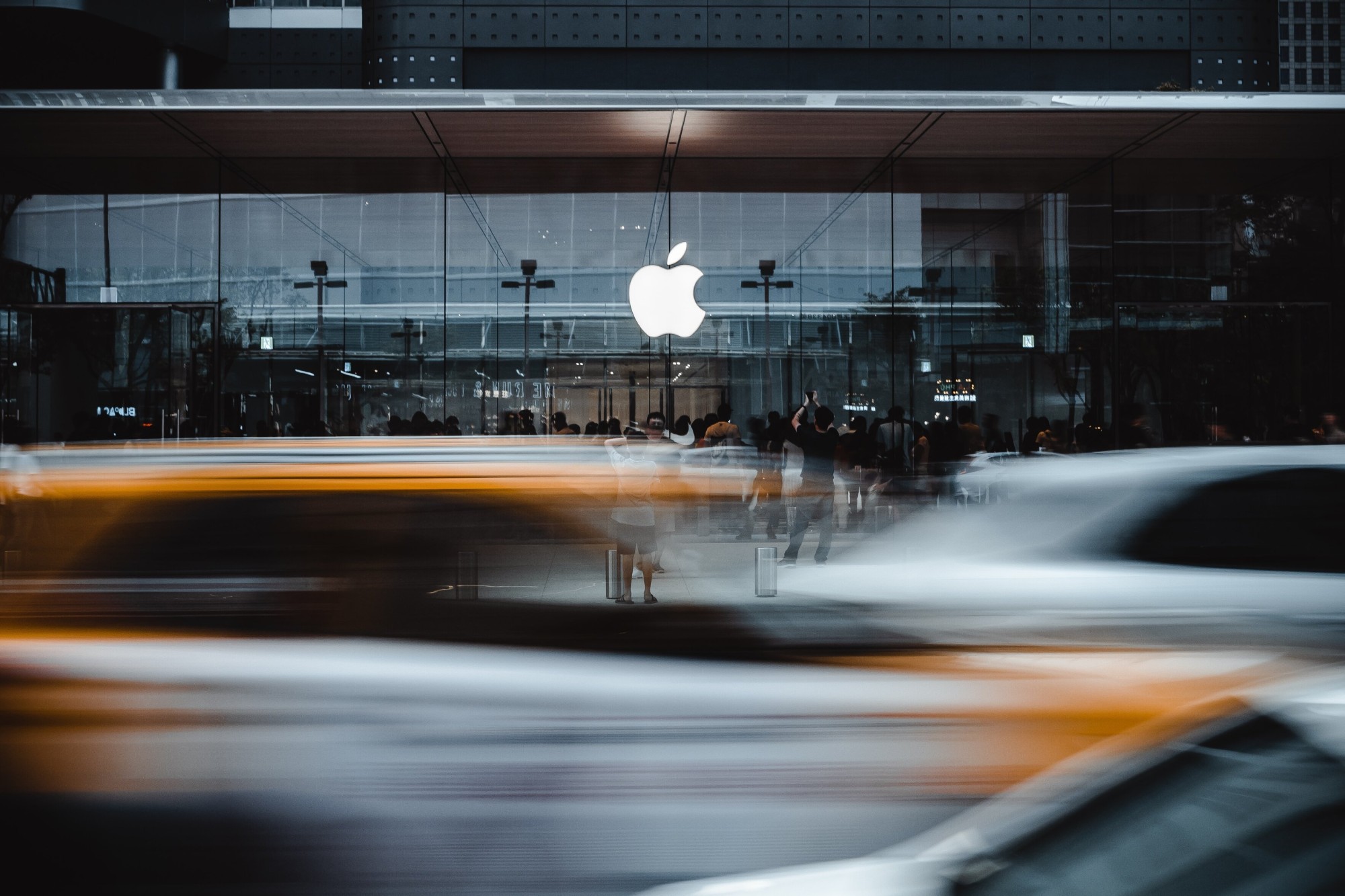


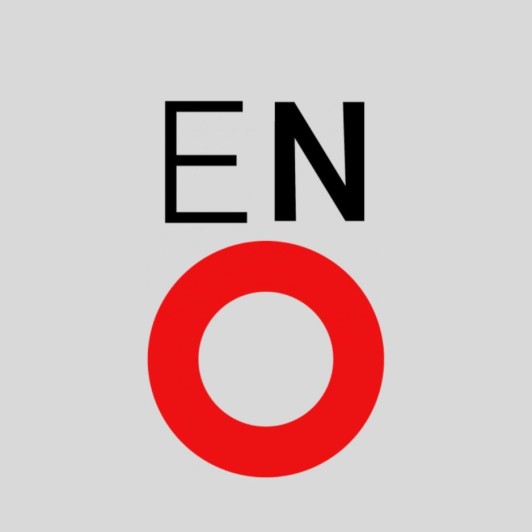
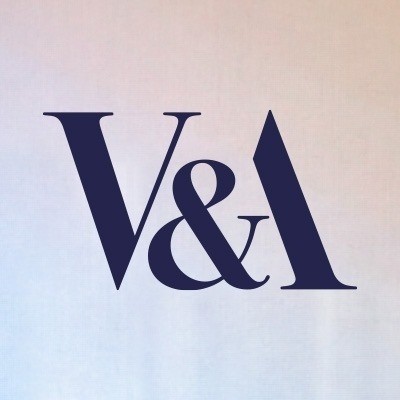
What have you done that would make 10 year old you think you're actually cool?
Articles

